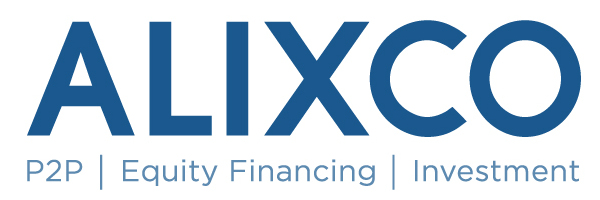
Peer-to-peer (P2P) financing (also called P2P lending) is a method of matching individual or institutional investors directly with borrowers—typically small- and medium-sized enterprises (SMEs) or sometimes individuals—through an online platform.
In Malaysia, P2P financing is a form of digital innovation that widen the local businesses to obtain financing from a pool of investors via an online platform. Similar to a loan, P2P financing investors provide capital to local company ( that is listed and approved by P2P platform) in return for interest payment and repayment of the capital.
- Regulator namely Securities Commission Malaysia regulates P2P financing platform operators by registering them as Recognised Market Operators.
- Key regulation for Malaysia's P2P financing operators can be found in the Guidelines on Recognized Markets.
- Total 16 regulated P2P financing platforms are currently listed in SC website
- Alixco is one of the regulated P2P Financing platfrom since 2016
Some facts and information about P2P Financing in Malaysia:
1. Platform Role
A P2P platform acts as an intermediary: it collects borrower applications, evaluates creditworthiness, and then lists approved loan requests on its website or app. Investors log in, review those investment note listings, and choose which note (or portions of them) they want to finance.
2. Investment Note Structure
Each loan request has key details: amount requested, purpose (e.g., working capital, equipment purchase), term (e.g., 6–12 months), and an interest rate based on risk. Investors can fund a small “slice” of a single loan (e.g., RM 1,000 of a RM 100,000 loan) or spread their capital across multiple loans to diversify risk.
3. Origination and Disbursement
Once enough investors commit to cover the full loan amount, the platform aggregates those commitments, disburses funds to the borrower, and starts collecting scheduled repayments. Borrowers repay principal + interest over an agreed schedule (monthly or quarterly), and the platform distributes each investor’s share of principal + interest back to their accounts.
4. Credit Assessment & Risk Management
Before listing a borrower’s request, the platform conducts a credit assessment—looking at business financials, cash flows, credit bureau data, collateral (if any), and other risk factors. Many P2P platforms also monitor performance post-funding and have a collections or recovery team in case of late payments or defaults.
5. Investor Returns
Investors typically earn an annualized return (coupon) in the 8%–12% range (varies by borrower risk profile and market). Because investors bypass traditional banks’ overhead, they often see higher yields—while accepting correspondingly higher credit risk compared to a fixed deposit or government bond.
6. Benefits of P2P Financing
For Borrowers- Faster approval and disbursement (often within days), lower processing fees, and greater flexibility versus bank loans. Especially for SMEs with limited collateral.
For Investors- Access to alternative, potentially higher-yielding fixed-income style investments, portfolio diversification, and direct control over which borrowers to support.
7. Risks and Considerations
Credit Risk - Borrowers may default. Platforms typically advise/institute diversification (spreading investments across many loan “slices”) to mitigate this.
Platform Risk - If the P2P platform itself goes bankrupt or mismanages funds, investors could face delays or losses. Choosing a regulated platform with transparent processes is crucial.
Liquidity Risk- Some platforms offer a secondary market where investors can resell outstanding loan parts, but liquidity is generally lower than public bonds or stocks.
8. Regulatory Environment
In many countries, Malaysia included; P2P platforms must be licensed or approved by a financial regulator (e.g., Securities Commission Malaysia).
Regulators set rules around minimum capital requirements, investor suitability (e.g., accredited vs. retail), disclosure standards, and post-funding monitoring to protect both borrowers and investors.
In summary; P2P financing is an online, marketplace?style approach that connects borrowers directly with investors, cutting out traditional banks. It can be faster and more flexible for businesses seeking loans, and it offers investors potentially higher yields, albeit with added credit and liquidity risks.




